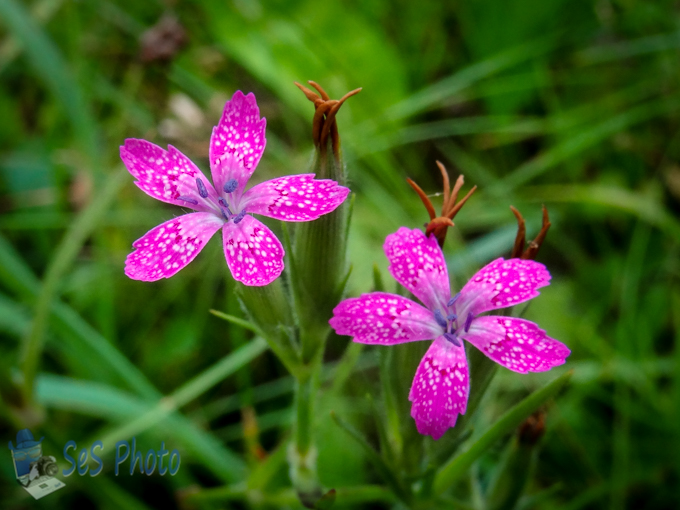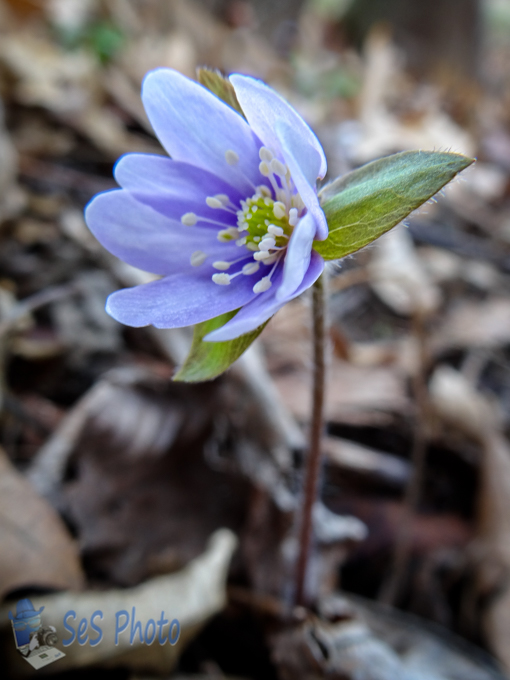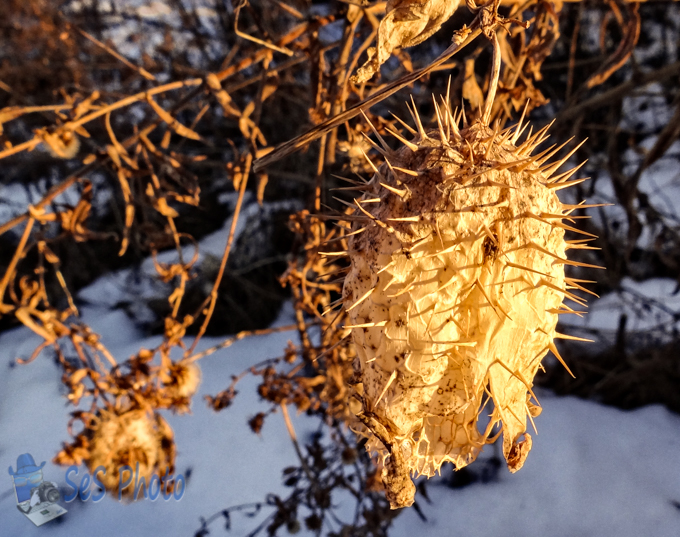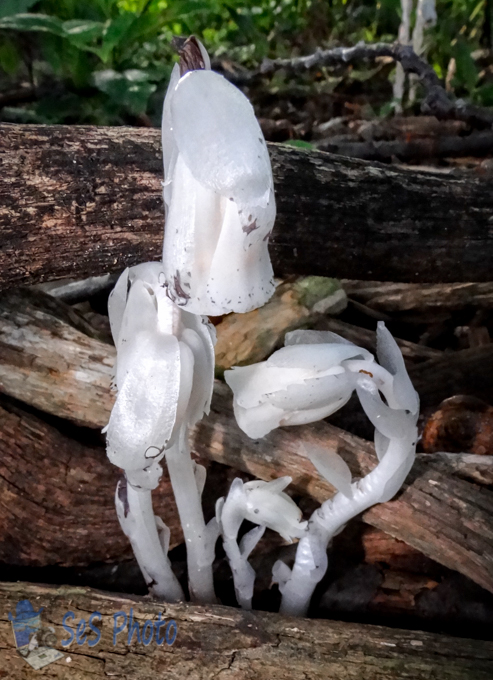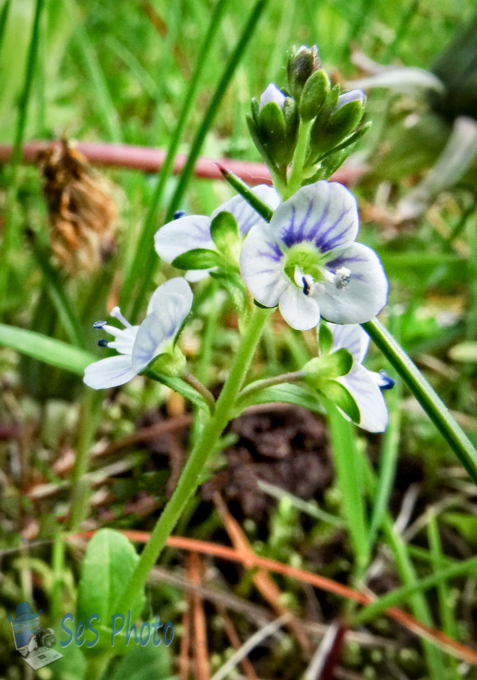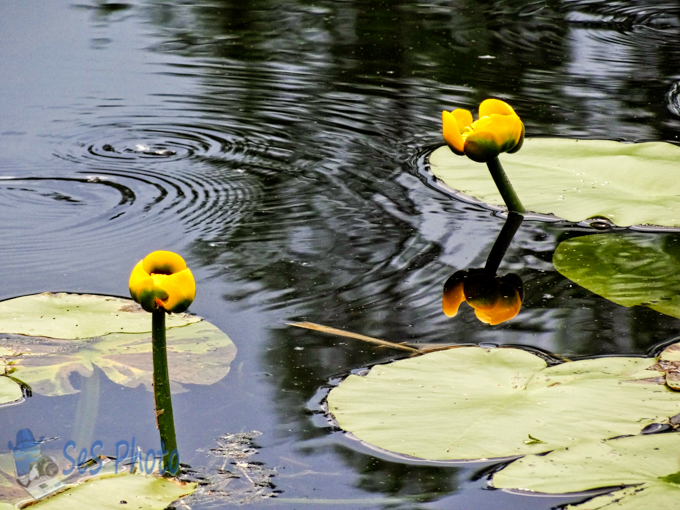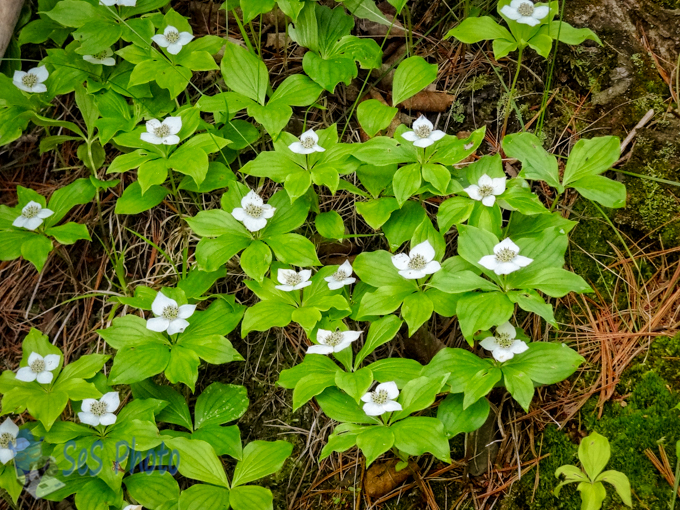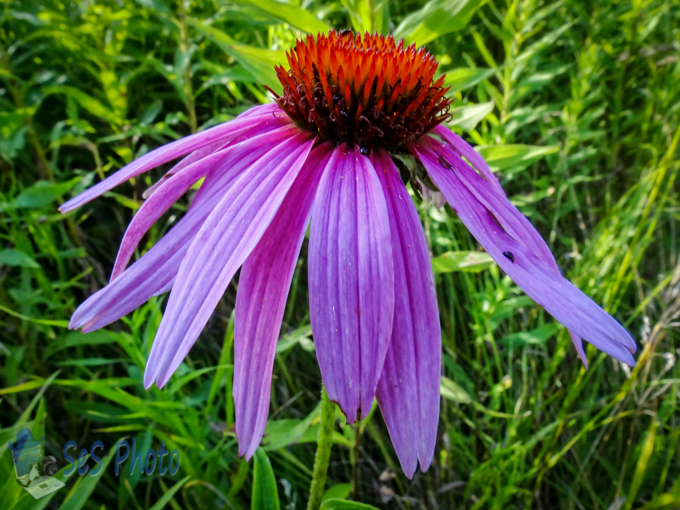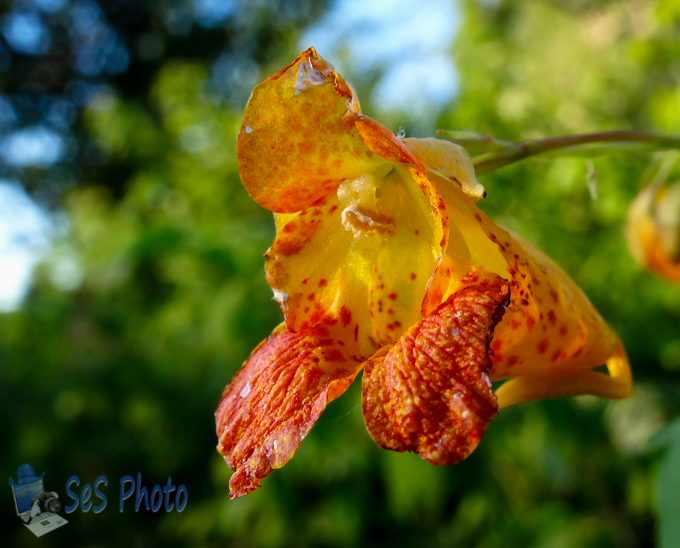Another ‘escapee’ from home gardens is the Deptford Pink, which some consider to be an invasive plant and is found in all but three states of the United States. A native of England, and it gets its name from a town in the south of England, Deptford, in a case of mistaken identity. The plant was given its English name by the 17th century herbalist Thomas Johnson, who found and described the similar Maiden Pink in Deptford in 1633. As the first name given to a plant is generally the one botanists stick to, the town near London is ‘famous’ for a species that has not grown there in historical times, and possibly not at all.
And while Deptford Pink, with tiny blossoms only about a third of an inch across, seems to be thriving in North American (although this year with the raining summer, most of them in my lawn are getting mowed off), the native European wildflower has been rapidly decreasing in Britain, now classified as vulnerable and protected in its natural habitat.
Deptford Pink Who Shouldn’t Be a Deptford
